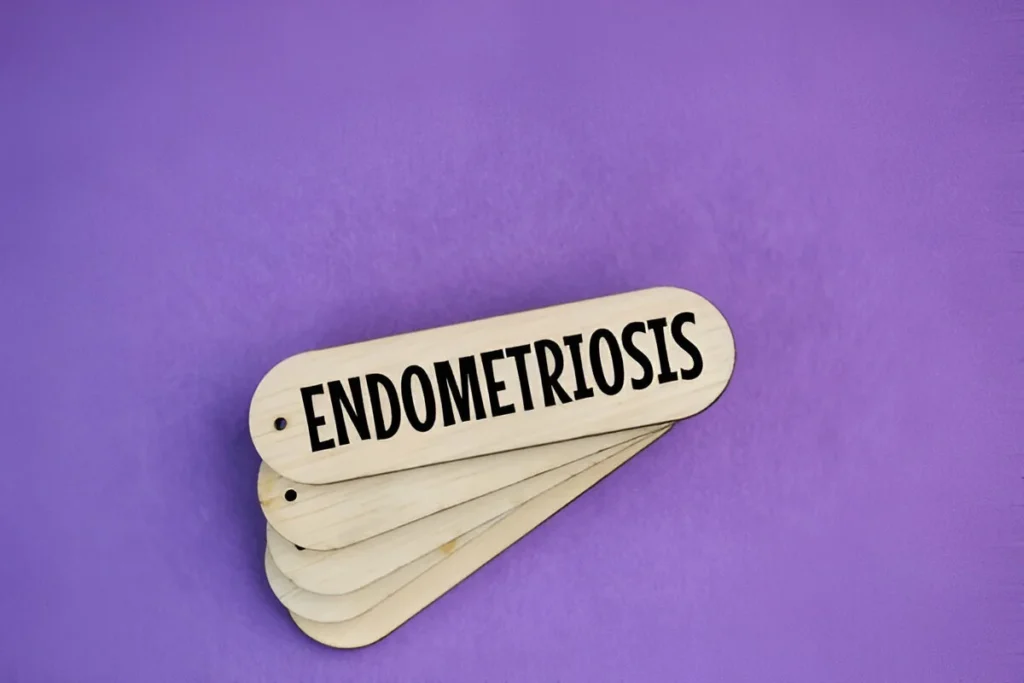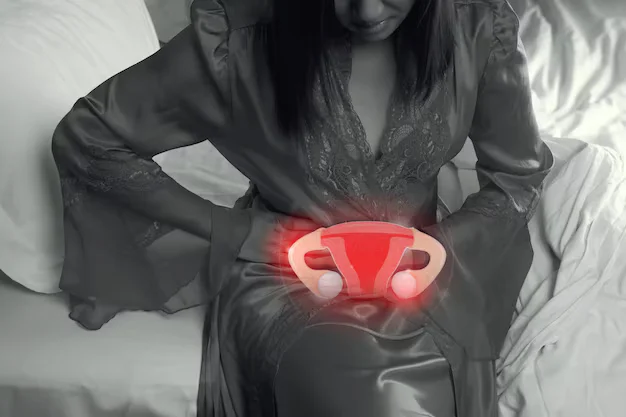-
UNITED HEALTH CENTRE 2,ELLIOT ROAD, KOLKATA - 700016
UNITED HEALTH CENTRE 2,ELLIOT ROAD, KOLKATA - 700016

Symptoms of Endometriosis often go unnoticed. Learn to recognize the early signs and when to consult a reputed gynecologist.
Endometriosis is more common than many realize—and far more misunderstood. It affects millions of women globally and yet often goes undiagnosed for years due to its vague, overlapping symptoms. Learning to identify the early symptoms of endometriosis can help you or a loved one take action before the condition progresses into something more complex and painful.
Let’s walk through the physical signs, emotional challenges, and what it really feels like to live with early-stage endometriosis—all informed by insights from experienced professionals.

Endometriosis is a chronic medical condition in which tissue similar to the lining of the uterus (endometrium) starts growing outside the uterus. These tissues respond to hormonal changes just like the uterine lining—thickening, breaking down, and bleeding—but unlike menstrual blood, this blood has nowhere to go.
As a result, the trapped blood causes inflammation, scar tissue, cysts, and eventually, severe pain and reproductive complications.
The earlier endometriosis is detected, the easier it is to manage. Left untreated, it can lead to:
Since the symptoms of endometriosis often resemble other conditions like IBS or ovarian cysts, accurate diagnosis requires both awareness and medical guidance.

Here are the most frequent early-stage signs to pay attention to. If you experience multiple symptoms consistently, it’s worth seeking professional evaluation.
Painful menstruation is often dismissed as “normal.” However, if your cramps:
…it could be more than just a tough cycle.
Recurring pelvic pain even when you’re not menstruating is a key early signal. It can feel dull, crampy, or sharp—especially in the lower back, abdomen, or pelvic floor.
Pain during intimacy isn’t something to normalize. For women with endometriosis, this pain is often deep and lingers long after intercourse, which can impact emotional well-being and relationships.
This is a red flag, especially during your period. Endometrial tissue can attach to the bladder, bowels, or nearby organs, making these routine functions painful.
Look for:
Chronic inflammation, hormonal imbalance, and iron loss from heavy periods can lead to deep fatigue—even after a full night’s rest.
While less frequently discussed, these symptoms also show up in early endometriosis cases:
While the exact cause is still debated, several factors may contribute:
If you’re experiencing multiple symptoms consistently for more than 2–3 cycles, consult a qualified gynecologist. The earlier you consult, the higher your chances of preserving fertility, managing pain, and avoiding invasive surgery.
Experienced Healthcare professionals typically rely on a detailed medical history, imaging tools such as ultrasound or MRI, and in some cases, a diagnostic laparoscopy to accurately diagnose endometriosis.
Here’s a general pathway for diagnosis:
A thoughtful, patient-centered approach is critical—especially with complex conditions like this.
Early detection allows for more conservative, effective treatment plans. These may include:
The right treatment depends on symptom severity, age, fertility goals, and lifestyle. Some specialists—such as Dr. Saima Javed, a known name in women’s health—advocate for personalized care plans backed by experience and updated research.

Mild discomfort is common, but intense, disabling pain is not. This could be a sign of a deeper issue like endometriosis.
Yes, many women with endometriosis conceive naturally. However, early detection helps in planning and preserving fertility.
There is no absolute cure, but with the right treatment, symptoms can be effectively managed, and quality of life can improve significantly.
Not always. Early-stage endometriosis often responds well to medication and lifestyle changes. Surgery is reserved for severe or unresponsive cases.
Unfortunately, diagnosis can take 7–10 years on average due to symptom overlap. Awareness and early consultation can change that.
Pain is not something you should learn to live with—especially when it’s recurring, cyclical, or interfering with daily life. Recognizing the symptoms of endometriosis early can be life-changing.
Whether you’re navigating teenage cycles, preparing for pregnancy, or managing your reproductive health at any age, listening to your body is the first step. The next is talking to a specialist who listens back.
Women’s health deserves timely attention, empathetic care, and expert insight. Seek out experienced professionals who uphold these standards to receive the guidance and support you truly deserve.